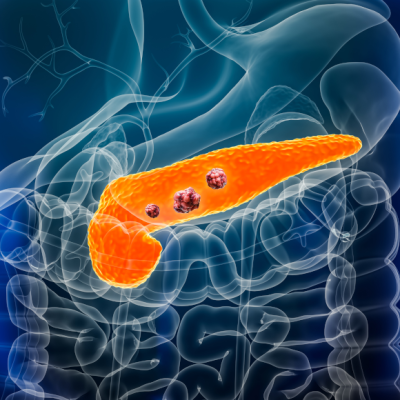A new type of chewing gum has been developed by scientists at Julius-Maximilians-Universität Würzburg (JMU) that can detect diseases in the mouth. The gum contains a bitter substance that is released when enzymes in the mouth break down proteins, which typically occurs during bacterial inflammation. This causes a change in taste, alerting the user to a potential health problem. The gum was originally designed to diagnose peri-implantitis, an inflammation that destroys tissue and bone near new dental implants. However, it has also been found to detect other conditions such as tonsillitis, scarlet fever, and periodontitis. The scientists have founded a company to bring the gum to market, with the hope that it will simplify the detection of oral infections and potentially replace saliva laboratory tests in the future.
The bitter taste of the gum is caused by a chain of amino acids that surround the bitter flavorings. These are only released when the appropriate enzymes are present in the mouth, indicating the presence of inflammation. The gum is not a substitute for dental prophylaxis, but rather an additional monitoring and screening tool. The developers of the gum claim to be the first in the world to apply for approval for such a product. As the gum is used in the human body, it is likely to be classified as a medical device by regulatory authorities, requiring clinical trials with human subjects before it can be approved for sale. The company hopes to have the gum available for purchase over the counter in pharmacies within a year.
The development of this gum could have significant implications for the early detection of oral infections, which are often detected too late due to poor dental check-up attendance. The gum could also potentially replace saliva laboratory tests, which are currently used to detect oral infections. However, it is important to note that the gum is not a substitute for dental prophylaxis and should only be used as an additional screening tool. The potential benefits of this gum are significant, and it will be interesting to see how it is received by the medical community and the public.










